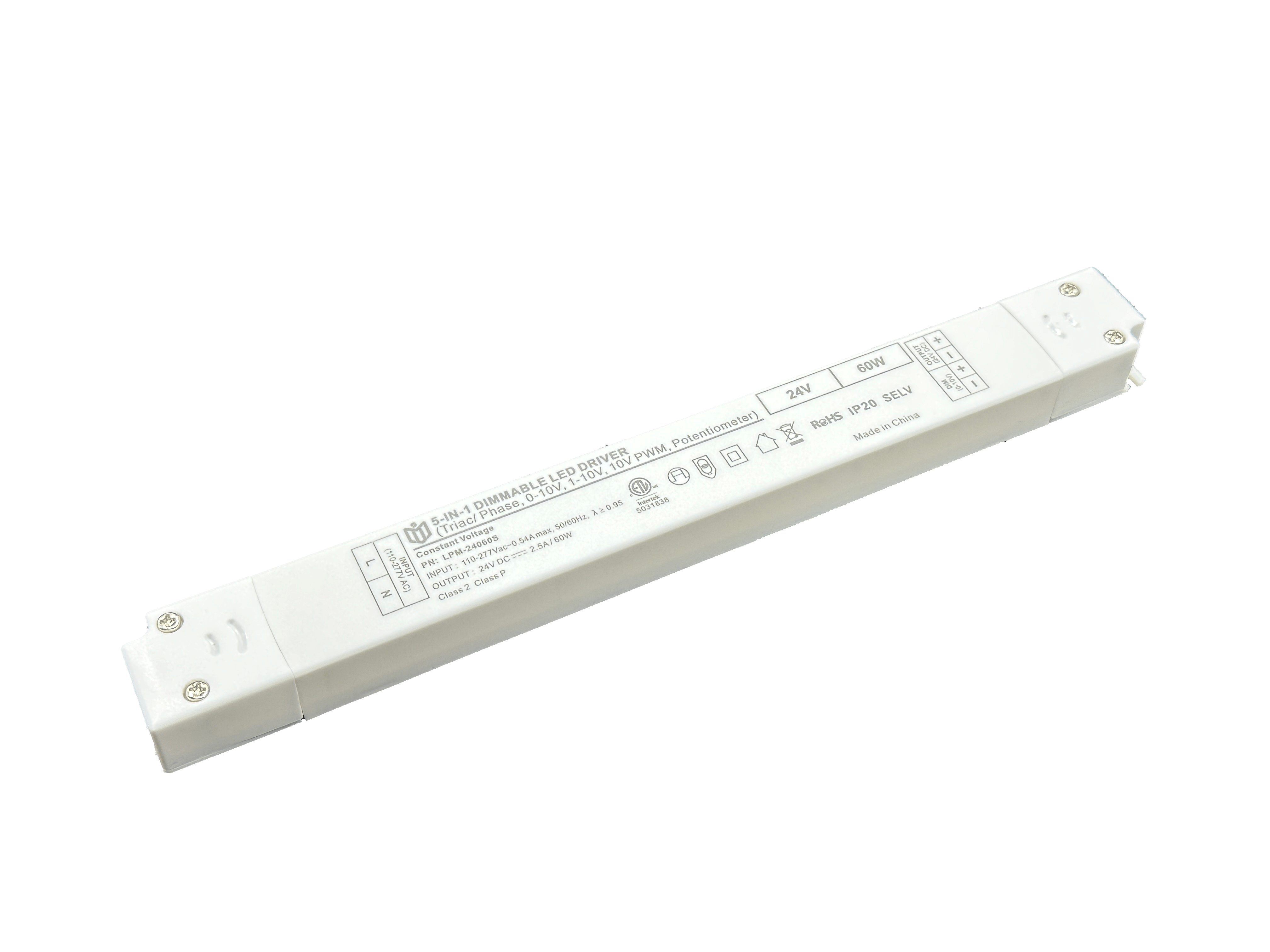Is the production process of LED dimming power supplies rigorous enough?
Modern lighting systems demand exceptional engineering finesse from their core component—the LED dimming power supply. This specialized hardware must flawlessly translate human commands into thousands of precise light intensity adjustments per second while maintaining absolute electrical stability. Achieving such performance requires far more than basic assembly line work; it necessitates an industrially mature production ecosystem built on three pillars: material traceability, automated verification, and environmental stress validation.
Raw Material Vetting & Component Matching

Every reputable manufacturer begins with certified IC chips sourced from Tier-1 semiconductor foundries. These microcontrollers undergo prescreening using specialized equipment that measures parameters like thermal drift coefficients (±0.5°C max deviation allowed) and switching frequency stability across temperature ranges. Passive components aren't exempt either—inductors receive demagnetization tests under pulsed loads, while capacitors undergo dielectric withstand assessment at 1.5× rated voltage for 48 hours minimum. Even PCB substrates face scrutiny through thermal cycling between -40°C and +85°C to identify potential delamination risks before entering mass production queues.
Automated Assembly Precision
Robotic arms equipped with vision systems place surface-mount devices with ±2μm positional accuracy onto solder paste printed via laser-etched stencils. Reflow ovens maintain tight thermal profiles (peak temp ±3°C tolerance) monitored by infrared pyrometers, ensuring perfect metallurgical bonds without cold joints or tombstoning defects. Automated Optical Inspection (AOI) stations scan every board post-soldering, flagging microscopic cracks in solder joints smaller than a human hair for immediate rework. For through-hole elements like connectors, servo-driven presses apply precisely calculated insertion forces documented in real-time quality logs.
Functional Testing Marathon
No unit escapes without surviving our gauntlet of validation protocols. First comes hi-pot testing at 3kV AC for one minute—double the industry standard—to verify isolation integrity between low/high voltage sections. Then comes dynamic load simulation where power supplies drive actual LED arrays through millions of dimming cycles (PWM frequencies from 100Hz to 20kHz) while monitoring output ripple (<50mVpp requirement). Thermal imaging cameras map hotspot distribution during maximum rated current draw, rejecting any module exceeding 75°C ambient rise. Finally, EMI chambers expose units to radiated emissions up to GHz frequencies, confirming FCC Part 15 compliance well before final packaging.
Environmental Hardening Phase

Sample batches endure accelerated lifetime tests replicating ten years of operation within ninety days. Vibration tables subject enclosures to ISO 16750-3 specifications simulating truck transport vibrations. Salt spray booths conduct corrosion resistance trials per ASTM B117 standards for coastal deployment scenarios. Humidity chambers cycle units between extreme dew points (95%RH @60°C then rapid condensation freeze) to stress seal gaskets. Those surviving these torture tests become benchmark references for ongoing production consistency checks.
Statistical Process Control
Advanced SPC algorithms constantly analyze production data streams. X-bar charts track mean output voltage shifts across shifts, while R-charts monitor variability trends. Any process capability index falling below Cpk≥1.67 triggers immediate root cause analysis. Engineers use Design of Experiments methodology to optimize factors like solder paste viscosity or wave soldering conveyor speed based on Taguchi methodologies. This relentless pursuit of Six Sigma quality ensures field failure rates remain below 0.05% over five-year service lifespans.
When examining why certain brands consistently outperform others in reliability surveys, the answer lies not just in clever marketing but in these invisible layers of manufacturing discipline. From wafer sorting to final burn-in, every stage enforces uncompromising standards because there are no second chances when designing systems that illuminate hospitals, bridges, and concert stages alike. The next time you adjust a light switch smoothly fading from dawn till dusk simulation, remember: behind that silky transition stands an army of quality engineers guarding against failure at microscopic levels.
 In heritage architecture prote
In heritage architecture prote
 When small-batch customization
When small-batch customization
 Have the electromagnetic emiss
Have the electromagnetic emiss
 When Triac dimmable power supp
When Triac dimmable power supp
